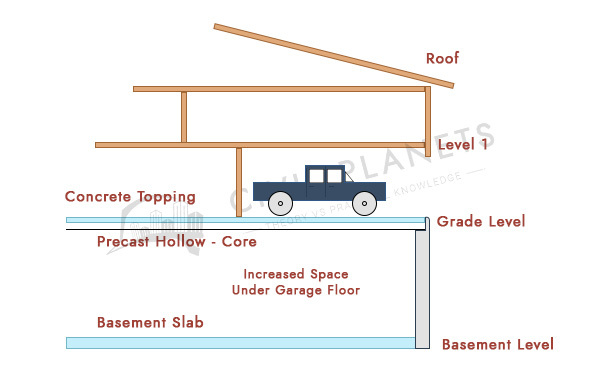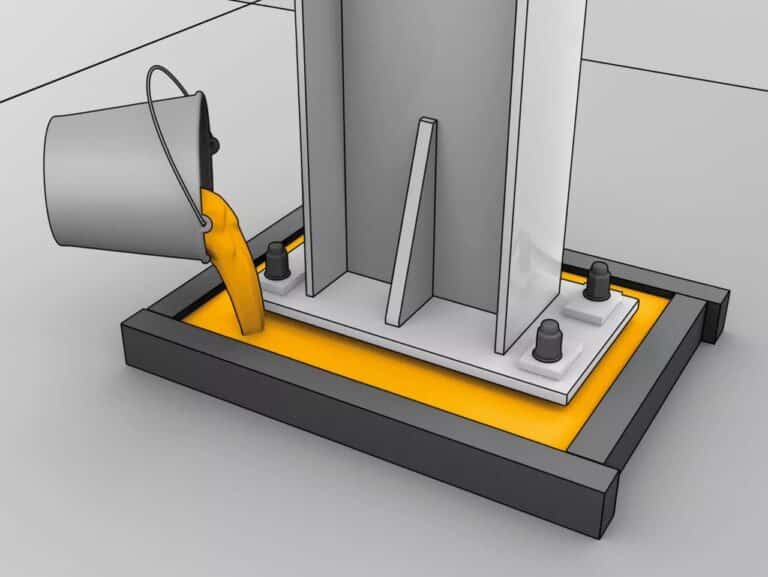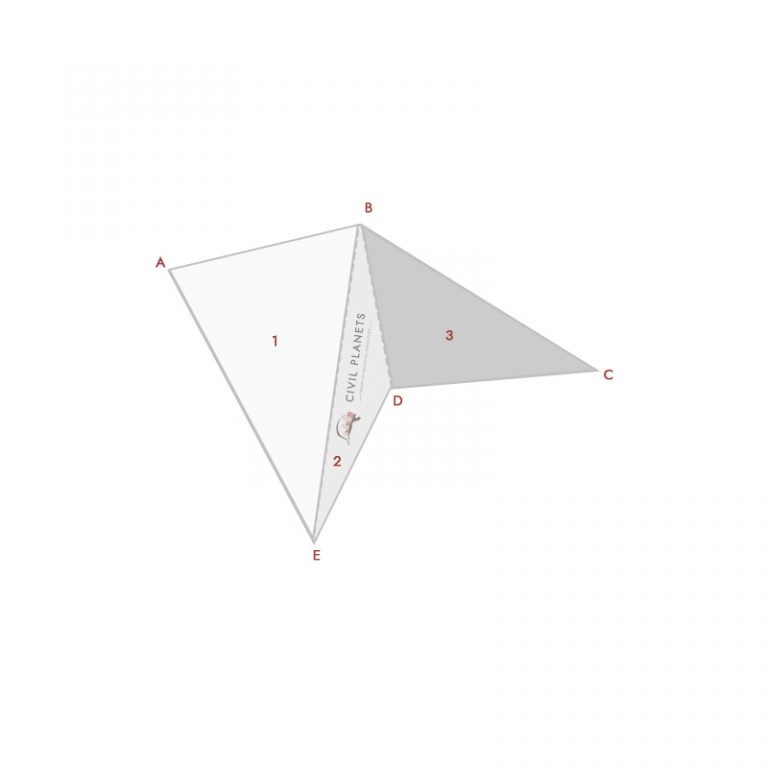Different types of slabs have been used in construction based on specific work. Some slabs are designed for aesthetics and some for functional advantage. The podium slab is one of them.
You may know well about the function of a slab which transferred the load to the ground through the column.
What is a concrete podium slab?
It is mostly used for steel or wooden multi-storey residential and mainly used for car parking areas.
In typical concrete slabs, we use a basement filled with soil to transfer the load and to avoid settlement. To give firmness to the floor, we construct walls in substructures for the walls to be laid above it (superstructure).
The podium slabs, on the other hand, are transferring the load to the column or wall of the structure from the steel or wooden framed structure without any basement filled material.
The superstructure elements such as wall, column which rest in above podium slab are not prolonged to the substructure beneath. So we get more space to park vehicles.

The floor height of the slab is a little bit low compared to regular slabs.

By podium slab technique of multilevel car parking facility can be done for both commercial & residential buildings.

Types of Podium Slab Construction
- Precast Podium Slab
- Post-tensioning Podium Slab
Precast podium Slab
The prefabricated method is simple, and time consuming is very less. The structural elements are cast at one place after a certain period; it was erected at the particular site.
The durability & strength of the elements are excellent.
Post-tensioning Podium Slab
The post-tensioning podium slabs sustain more load compared to the conventional podium slab. A larger area can be done by the post-tensioning method.
Advantage & Disadvantage
Advantages
- Cracks will not happen.
- Get a larger parking space.
- It can carry a heavy load.
- Deep foundation not required.
- The surface of the slab is very smooth.
- It can be sustained against the seismic load.
- The strength & durability of the slab is good.
- It can control sound pollution inside the structure.
- In case of a fire accident, the fire spreading can be avoided.
- The construction cost is less for making it compared to the conventional construction method.
Disadvantages
- The height of the floor is less.
- Highly skilled manpower required.
- The precast concrete elements should be erected carefully else the shape of the slab will change from its original position.
- The post-tensioning method should be executed by highly skilled labours to avoid unnecessary accidents & wastage.



